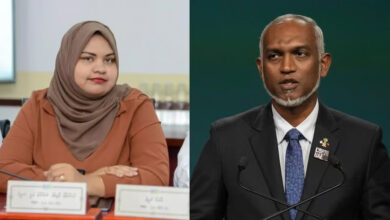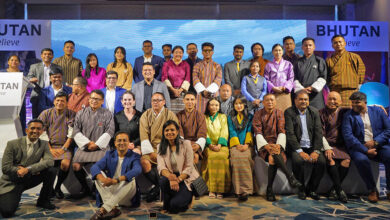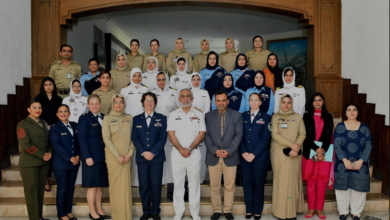3.5 million people in South Asia are living with HIV and AIDS

Between 2 and 3.5 million people in South Asia are living with HIV and AIDS. High risk practices, such as sex work and injecting drug use, drive the epidemic in the region. HIV prevalence among vulnerable and often marginalized groups is high throughout the region and rapidly increasing in some places.
High risk practices, such as sex work and injecting drug use, drive the epidemic in the region. HIV prevalence among vulnerable and often marginalized groups is high throughout the region and rapidly increasing in some places.
In India alone approximately 2.5 million people are estimated to be living with HIV and AIDS. India’s HIV epidemic is highly heterogeneous and appears to be stable or diminishing in some parts of the country while growing in others. The majority of reported HIV infections are concentrated in six states where HIV prevalence is, on average, 4-5 times higher than in other states. These include the Mumbai-Karnataka corridor, the Nagpur area of Maharashtra, the Nammakkal district of Tamil Nadu, coastal Andhra Pradesh, and parts of Manipur and Nagaland. Recent data suggest that high levels of condom use in the context of sex work may have played a role in reducing HIV prevalence among young women in some southern Indian states, but not in north India. Still, enhanced efforts are needed to sustain and effectively reach high-risk groups.

Women account for a growing proportion of people living with HIV in India – particularly in rural areas. A large proportion of women with HIV appear to have acquired the virus from regular partners who were infected during paid sex. Although HIV prevention efforts targeting sex workers and their partners are being implemented, the law enforcement context of sex work often acts as a barrier.
In other countries in the region, such as Bangladesh, Nepal, Pakistan, and Sri Lanka HIV prevalence is low among the general population but significantly higher among those who engage in high-risk behaviors, such as injecting drugs with contaminated needles and engaging in the selling and buying of sex. These concentrated epidemics are extensive and affect a large proportion of vulnerable populations at high risk. As a result, HIV is spreading rapidly in some parts of the region.
Significant structural and socioeconomic factors across the region put many people at risk of HIV infection:
More than 35% of the population lives below the poverty line
Low levels of literacy
Porous borders
Rural to urban and intrastate migration of male populations
Trafficking of women and girls into prostitution
Stigma related to sex, sexuality and HIV
Structured commercial sex and casual sex with non-regular partners
Male resistance to condom use
High prevalence of sexually transmitted infections (STIs)
Low status of women, leading to an inability to negotiate safe sex.
The World Bank Response

In response to these risk factors, the World Bank in South Asia has focused on mobilizing countries to improve and accelerate their response to HIV and AIDS.
The World Bank has supported national efforts to slow the spread of HIV since the first India project in 1992, and has committed US$380 million to support national programs to date. The main components of these projects are surveillance, monitoring and evaluation, targeted interventions for vulnerable populations, blood safety, efforts aimed at reducing stigma among the general population, and strengthening public and private institutions for a multi-sector response.
In addition, the Bank has undertaken analytical work, including AIDS in South Asia: Understanding and Responding to a Heterogeneous Epidemic (a synthesis of the epidemiology of HIV in the region) and a study on costing of antiretrovirals in India. This work will help to inform policy and evidence-based decision making.




